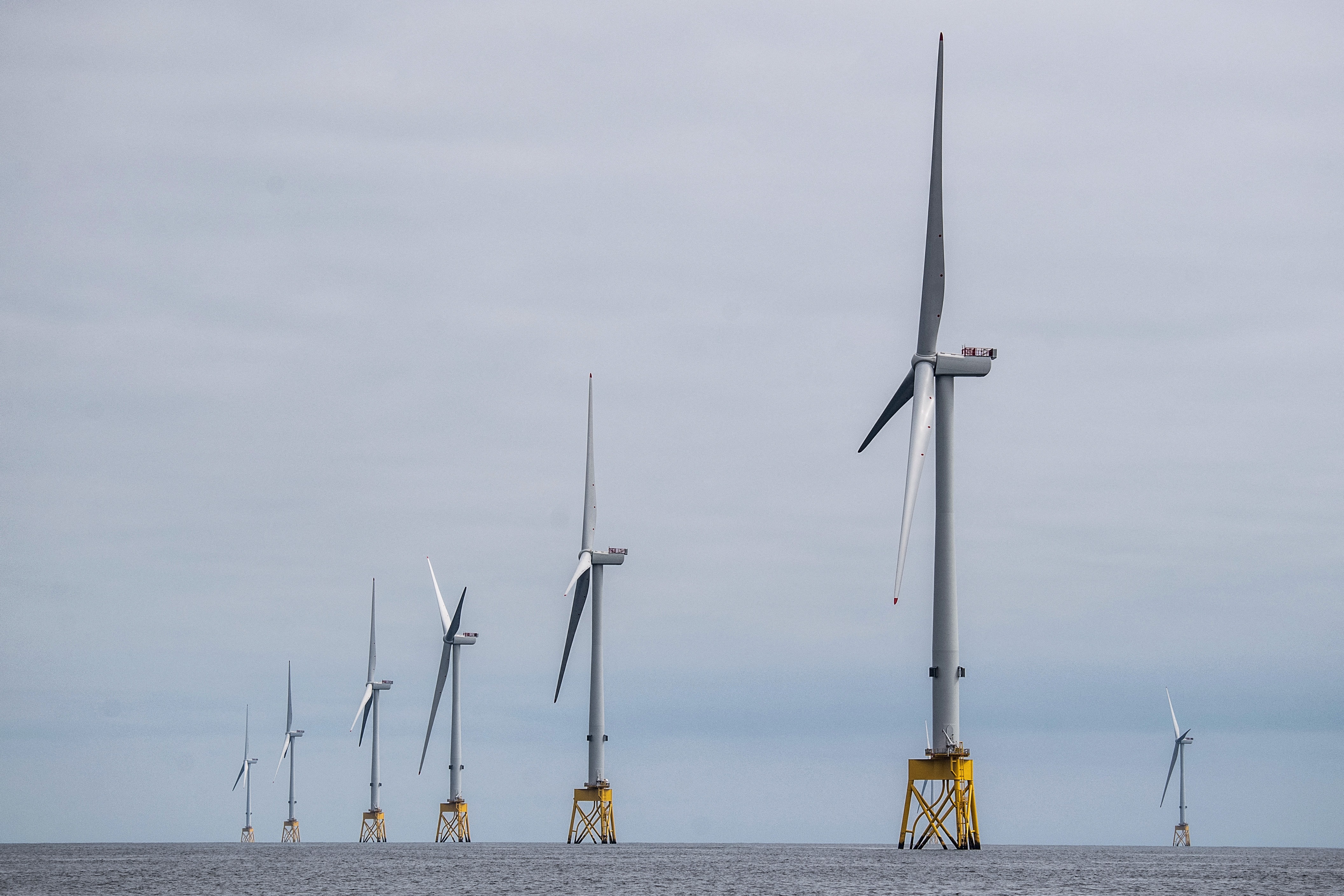
LONDON - Growth in solar and wind power pushed renewable generation to a record 30 percent of global electricity production in 2023, putting a global target to triple renewable capacity by 2030 within sight, a report by think tank Ember said.
Cutting fossil fuel use and emissions in the power sector is seen as vital to meeting global climate targets. More than 100 countries at the COP28 climate summit in Dubai last year agreed to triple renewable energy capacity by 2030.
Ember’s Global Electricity Review showed renewable sources provided 30.3 percent of global electricity last year, up from 29.4 percent in 2022 as growth in projects, particularly solar, increased capacity
ALSO READ: Tumble in storage battery costs to boost shift to renewables, says IEA
Ember’s Global Electricity Review showed renewable sources provided 30.3 percent of global electricity last year, up from 29.4 percent in 2022 as growth in projects, particularly solar, increased capacity.
“The rise in solar capacity that happened during 2023 really unlocks the possibility that we are able to reach that level of renewables by 2030, and the tripling of capacity that was promised at COP28,” Dave Jones, Ember’s director of global insights said in an interview.
Industry experts have said issues around grid connections and permits for new projects need to be solved for the target to be met.
READ MORE: 'Half of new global renewables capacity in 2023 from China'
The report predicted continued renewable growth would see fossil fuel power production fall by 2 percent in 2024 and push overall fossil fuel power production to less than 60 percent of global electricity production for the first time since at least 2000, when Ember’s data begins.


